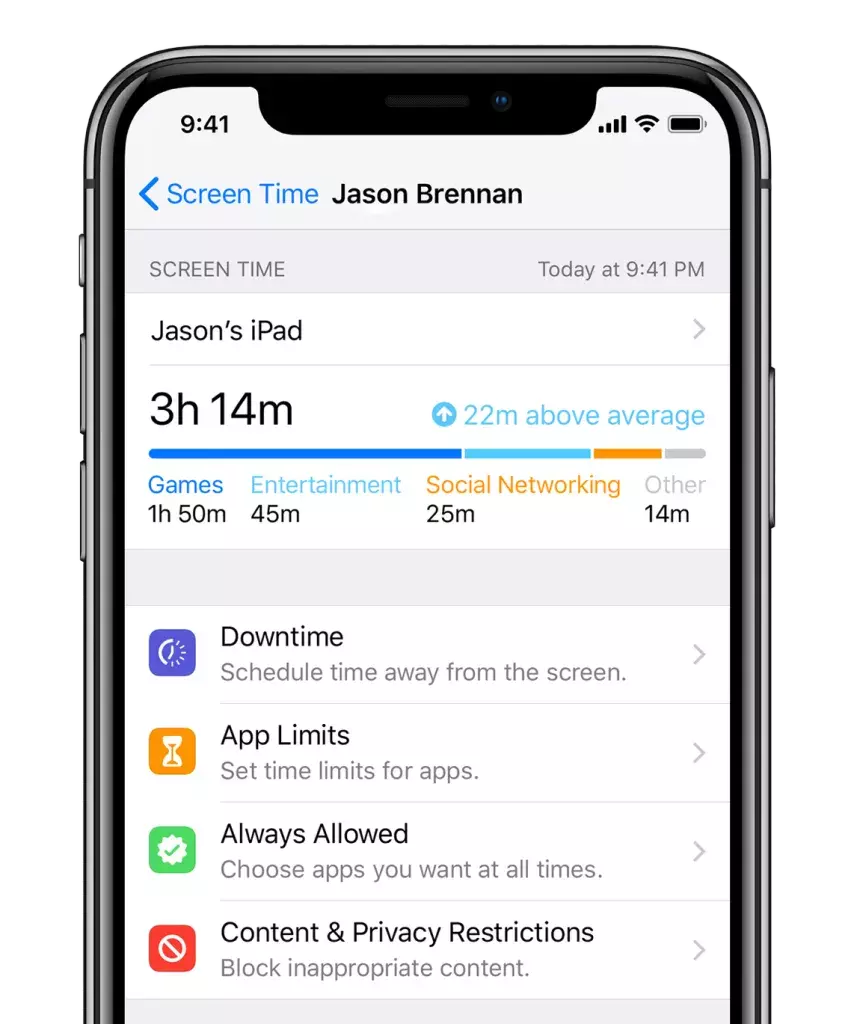Innovation Alphabet
Digital Wellbeing
in a nutshell
Digital wellbeing represents the state of mental, physical, and emotional health resulting from a healthy relationship with technology. It is a dynamic process aimed at an optimal state of balance. Only through control of increasingly intrusive and ubiquitous technology can we harness its potential to our advantage. Otherwise, we risk dangerous repercussions.


Application Fields
• Corporate setting: Digital wellbeing can be applied in the corporate world with the aim of improving the relationship between employees and technology so as to increase productivity and promote dialogue and discussion between workers and leadership.
• Educational scope: A state of digital wellbeing can ensure proper education and can help students focus on studying and eliminate distractions. Taking advantage from the benefits of technology without being overwhelmed by it.
• Personal sphere: It may seem obvious, but building a healthy and conscious relationship with technology contributes to increased mental and physical wellbeing, higher empathy toward others and oneself, satisfaction, and orientation toward one’s goals.
Do you have a Operations & Human Resources challenge to tackle? Let’s face it. Together.
C-levels from these companies (AND MORE) relied on my expertise to overcome thEIR CHALLENGES IN THIS AREA. And you can, too.
Can I help you?Industries
• Digital Wellbeing in the corporate environment
Since 2012, Volkswagen has blocked its employees from e-mail outside working hours. The idea is that the reduction of messages may facilitate planning for the coming week and encourage direct interpersonal communication between employees.
• Digital Wellbeing in the workplace
Scandinavian telecommunications company Telenor has introduced “Workfulness,” a training program based on neuroscientific theories focused on decision making. Based on the assumption that a state of constant technological connectedness is stressful, Workfulness aspires to the elimination of distractions and incorporates disconnection strategies for customers and employees: technology-free meetings and working hours during which no e-mail is received. As if that were not enough, it also disables pop-ups and notifications on smartphones and computers.
Business Functions
• Digital Wellbeing in support of people
Apple allows you to monitor your time spent on apps and particularly on social media through the “Screen Time” features, so you can assess your digital addiction. As a result, you can set limits to try to curb your smartphone, tablet, or PC usage.
Some of the iOS 12 Screen Time features – image courtesy of Apple
• Digital Wellbeing in support of work time management
The tomato technique is a time management method developed in the 1980s that uses a timer to divide work into intervals with an average duration of 25 minutes, separated by short breaks. The technique aims to teach first of all to reconsider time as a valuable ally in perfecting study and work processes. Tomato is a tool aimed at minimizing anxiety and maximizing concentration.
• Digital Wellbeing in support of concentration
Forest is an application based on the principle that observing a growing plant would help to relax and increase concentration. The user can virtually plant a tree and focus on an activity away from the smartphone. Each time, however, the fledgling planter leaves the app to use another one – thereby distracting himself from his efforts – the tree dies. A deterrent for friends of nature.
Stay in wonderland
Let me show you how deep the rabbit hole goes.
Check out more of the Innovation Alphabet:

3D Printing
3D Printing
“3D printing” is a process carried out by an electronic device which, instead of resorting to the canonical ink, it molds almost any kind of material: from concrete to living tissue, most usually plastic, but also metal. And the operating principle is similar to that of a traditional printer. The creation of three-dimensional models can lead to the redesign of a company’s production capabilities.
Dive In
5G
5G
5G is the new frontier of cellular telephony. It was designed to improve (or completely replace) previous generations of mobile networks. The 5th generation features lower latency, ensuring flawless performance of business applications and many other digital experiences – thus enabling the new cultural generations to furiously play Fortnite away from home.
Dive In
Advanced Analytics
Advanced Analytics
The term “Advanced Analytics” refers to the ability to autonomously or semi-autonomously analyze data and content to identify correlations, develop analyses, predictions, and recommendations. It is not just a matter of collecting information and then organizing it into watertight compartments: the ultimate goal is to identify a dialogue pattern from a data-driven perspective.
Dive In
Agile
Agile
Agile is an approach to software development designed to respond to change. Teams quickly analyze the context in which they operate, identify uncertainties faced, and figure out how to adapt to always move forward. Interaction between individuals comes before processes and tools; collaboration with the customer is more important than negotiating contracts.
Dive In
Ansoff Matrix
Ansoff Matrix
The Ansoff Matrix is a marketing planning model that arises from the intersection of new and existing products and markets. It derives four possible strategies for expanding the company’s market, which are built around four variables with a changeable factor of risks and possibilities: existing product, new product, existing market, new market.
Dive In
Artificial Intelligence
Artificial Intelligence
Artificial Intelligence is not strictly defined. Basically, it is a computer system able to make decisions in an independent and flexible way. A good AI application can perform everyday tasks better than an average person (e.g., identifying other people from their photos on social media or beating the best chess player). Nothing to fear, then. Unless you are a chess champion.
Dive In
Artificial Scarcity
Artificial Scarcity
We often tend to desire what we cannot have. Or what we are in danger of losing: Artificial Scarcity is a strategy that flaunts a limited number of items that do not correspond to actual availability. The goal is to stimulate the perception in consumers that the stock of items is about to run out and thus create a need based on the “fear of being cut off” or the intention to buy the item in order to resell it at a higher price.
Dive In
Attack Surface
Attack Surface
The term attack surface refers to the part of a system that may be subject to attack or breach by hackers. The smaller that surface is, the easier it will be to protect it. Indeed, the Internet is an ocean of deep, dark waters: those who navigate it must be aware that they are exposing themselves to a flood of digital risks. Yet, ironically, we do not need a big boat to shelter us.
Dive In
Augmented Reality
Augmented Reality
Augmented Reality is an ever-evolving technology that overlays multimedia information on top of our common sensory horizon to gain a deeper understanding of our surroundings. No, it doesn’t allow you to step out of the Matrix dream simulation, nor can it be accessed by swallowing a red pill. But neither is it the disturbing experience of the Playtest episode of Black Mirror.
Dive In
Balanced Scorecard
Balanced Scorecard
In business, as in life, you need balance. The Balanced Scorecard is a holistic tool for strategic management. It offers, in fact, the possibility of assessing corporate performance in its wholeness. An overview that embraces four perspectives: the business/financial side, customers and stakeholders, internal processes, and learning and growth.
Dive In

